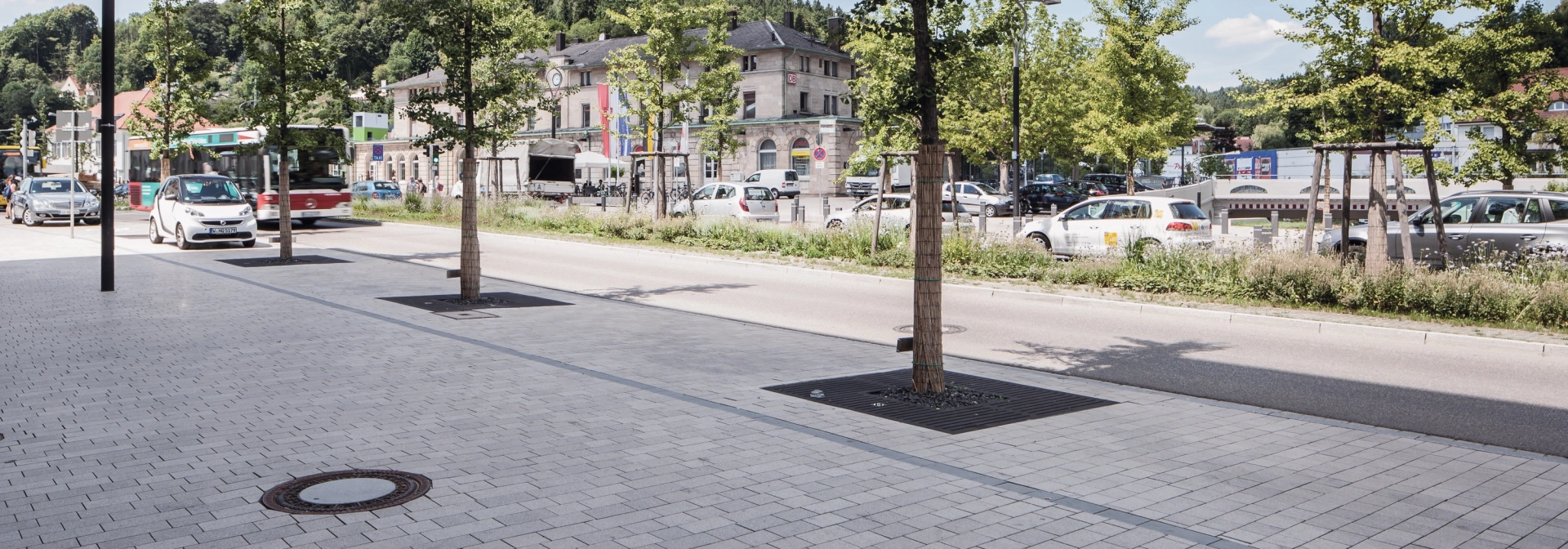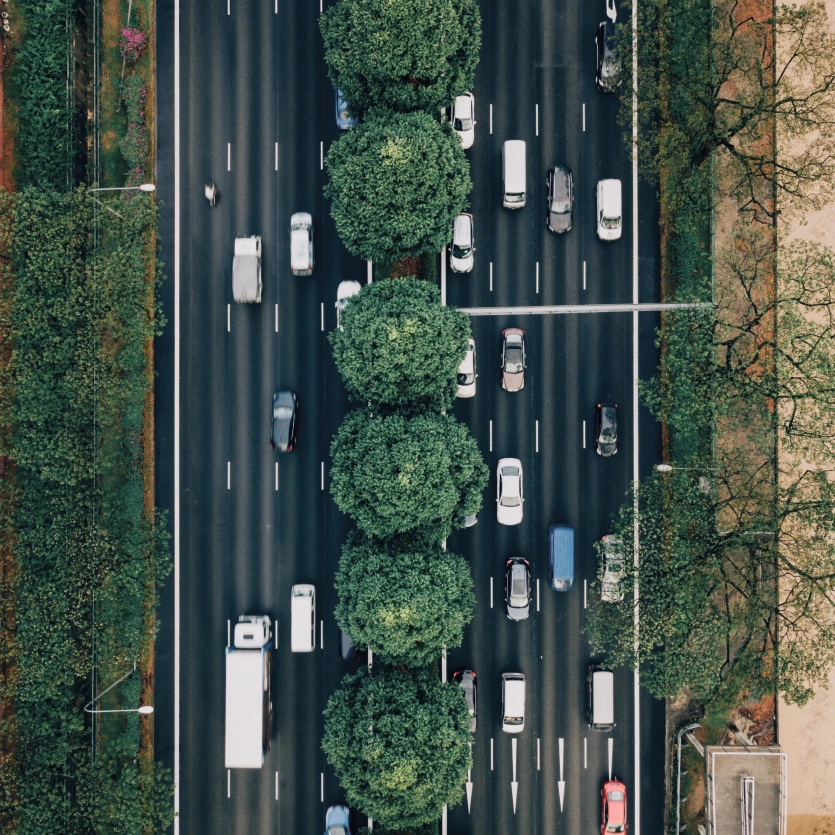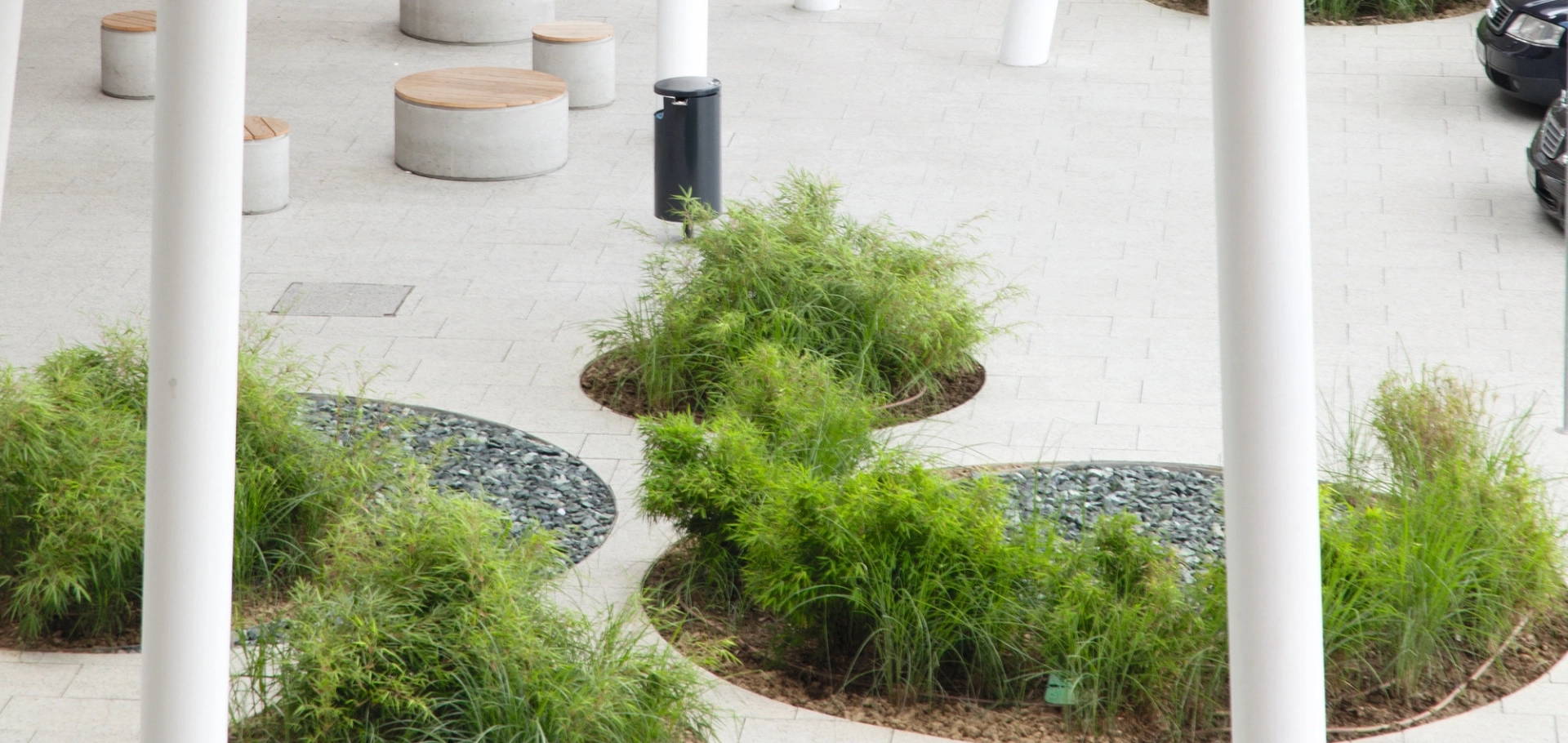
proAir
proAir makes an important contribution to improving air quality in highly polluted traffic areas and reducing pollutants.


According to the European Environment Agency (EEA) report on air quality, air pollution in 2023 is still too high. The report identifies road traffic, energy production, agriculture, industry and private households as the main sources of pollution. Road traffic is one of the main causes of air pollution in Europe, especially for hazardous pollutants such as nitrogen dioxide and particulate matter. Particulate matter (PM), nitrogen dioxide (NO2) and ground-level ozone (O3) are the most harmful to human health. Europeans, especially those in urban areas, continue to suffer from high levels of air pollution. In addition, air pollution also has a massive economic impact, such as shorter life expectancy, rising costs for medical care and lower economic productivity due to sick days.
There is currently a limit value of 40 µg/m³ for nitrogen dioxide (NO2) pollution in the ambient air. This limit value may be exceeded a maximum of 40 times per year at the measuring stations. This limit value is exceeded many times over at many measuring stations.
In principle, the application of the photocatalytic effect is a way of improving the quality of living space in urban areas that can be used effectively alongside other measures.
Titanium dioxide is mixed into the facing to break down nitrogen oxides. Finely dispersed and embedded in the cement matrix of the concrete block. The catalyst accelerates the natural oxidation of NO to NO2 or NO2 to NO3-, which then remains on the surface as nitrate. This is washed away from the surface the next time it rains. The catalyst is not consumed during this reaction and the process takes place practically indefinitely.
The photocatalytic degradation performance of a surface coating is determined according to ISO method 22197-1. Here, an NO test gas is passed over a surface in a defined sequence and subjected to a defined exposure value. The degradation of NO is measured over time. A high degradation rate means a high oxidation rate of the catalyst from NO to NO2 and ultimately milliseconds later from NO2 to HNO3. Only the value determined in accordance with ISO method 22197-1 enables an objective comparison of different systems with regard to their effectiveness.

A high NO reduction rate automatically means high effectiveness and efficiency on the road and in traffic areas. In 2017, it was possible to raise the performance parameters of photocatalytic concrete block surfaces to a level that was previously considered unachievable in practical applications in a veritable quantum leap. The Federal Association of Applied Photocatalysis FAP classifies building materials with a degradation performance of > 1.0 mg NO/m²h as very effective components. The best catalysts in the concrete block sector to date achieved performance values of just over 2.2 mg NO/m²h (see graph "Performance parameters in comparison"). Our innovative surface coverings with proAir technology set completely new standards here with degradation rates of significantly > 7.0 mg NO/m²h.